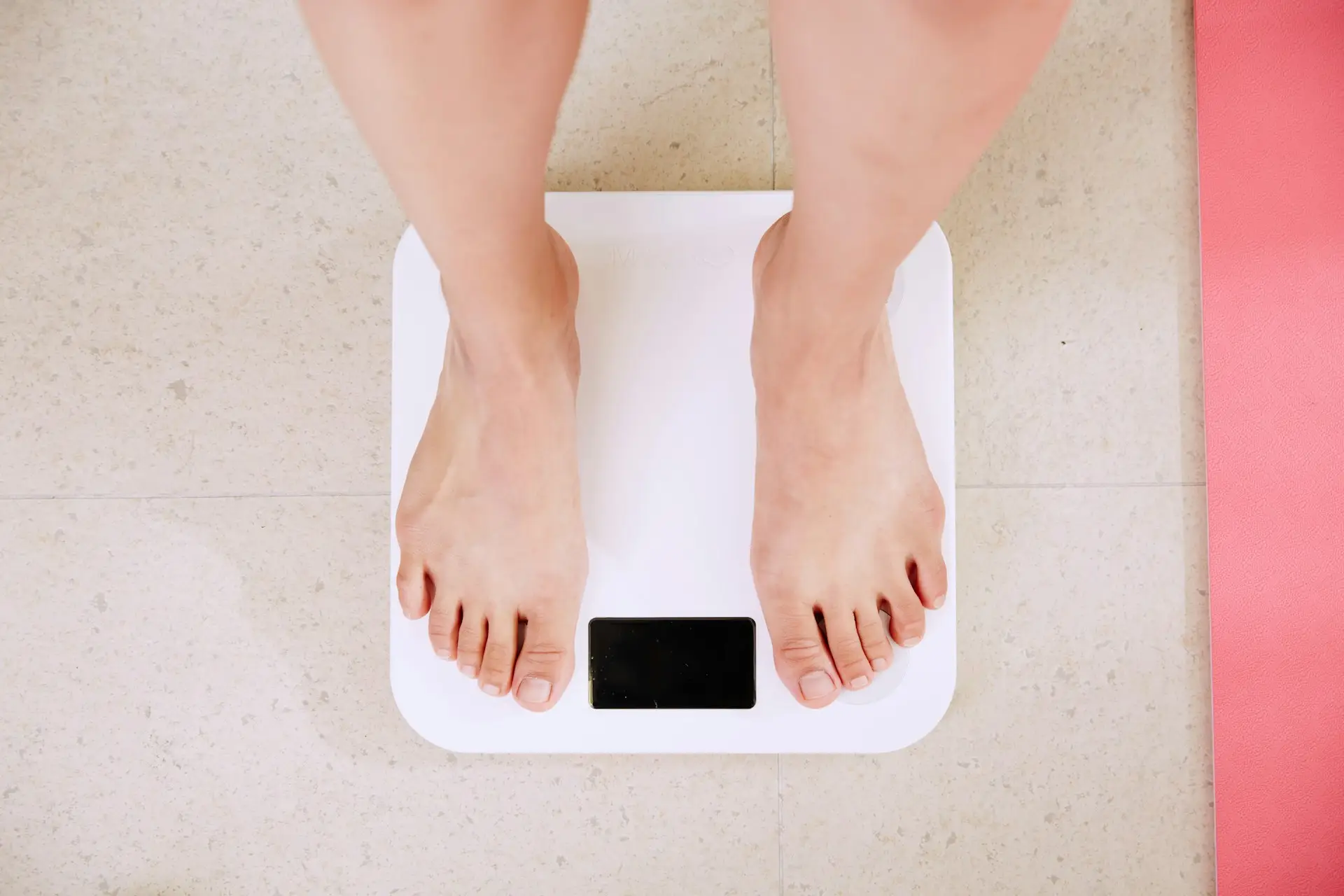Introducing Tirzepatide
Tirzepatide, marketed under the brand name MounjaroTM, is an innovative once-weekly injectable medication under study for type 2 diabetes treatment and weight loss support. Functioning as both a glucagon-like peptide-1 (GLP-1) receptor agonist and a glucose-dependent insulinotropic polypeptide (GIP) receptor agonist, Tirzepatide effectively lowers blood sugar levels, enhances fullness, and promotes weight loss.
The Essence of Hypoglycemia Tirzepatide, like many diabetes medications, may lead to side effects, including the less common but concerning hypoglycemia – low blood sugar. Hypoglycemia emerges when blood sugar levels fall below the normal range (below 70 mg/dL). Symptoms encompass sweating, trembling, anxiety, dizziness, hunger, confusion, and, in severe cases, loss of consciousness. Individuals with diabetes are advised to take preventive measures against hypoglycemia.
Mechanisms of Hypoglycemia Caused by Tirzepatide
But why does Tirzepatide trigger hypoglycemia? One contributing factor is its stimulation of insulin secretion, potentially leading to a drop in blood sugar levels. Additionally, Tirzepatide’s effect on stomach emptying slows down glucose absorption into the bloodstream, which can further contribute to low blood sugar, particularly when combined with hypoglycemia-inducing medications like insulin or sulfonylureas, or inadequate food intake.
Hypoglycemia in Tirzepatide Studies Clinical trials have shed light on hypoglycemia occurrences with Tirzepatide use. In the SURPASS-1 trial, where Tirzepatide was evaluated against a placebo for type 2 diabetes patients with inadequate control through diet and exercise, patients on Tirzepatide experienced minimal clinically significant or severe hypoglycemia. Incidents of hypoglycemia <70 mg/dL were reported by 6% for the low dose (5 mg), and 7% each for the medium (10 mg) and high (15 mg) doses, compared to 1% in the placebo group.
In the SURPASS-4 trial, patients taking Tirzepatide were compared to those on insulin glargine. The percentage of patients experiencing hypoglycemia of <54 mg/dL was significantly lower with Tirzepatide (6-9% depending on the dose) than the insulin group (19%). The risk was even lower for patients not on sulfonylurea medication, with only 1-3% incidence on Tirzepatide versus 16% with insulin.
Balancing the Scale While Tirzepatide offers promise for type 2 diabetes treatment, the risk of hypoglycemia should not be overlooked. Awareness and precaution can help individuals effectively manage their blood sugar levels while using Tirzepatide. Regular blood sugar monitoring, adherence to healthcare provider instructions, and educating loved ones about hypoglycemia symptoms are crucial steps to minimize the risk.
Incorporating Tirzepatide into your diabetes management strategy can be safe and effective, given proper awareness and proactive measures.


